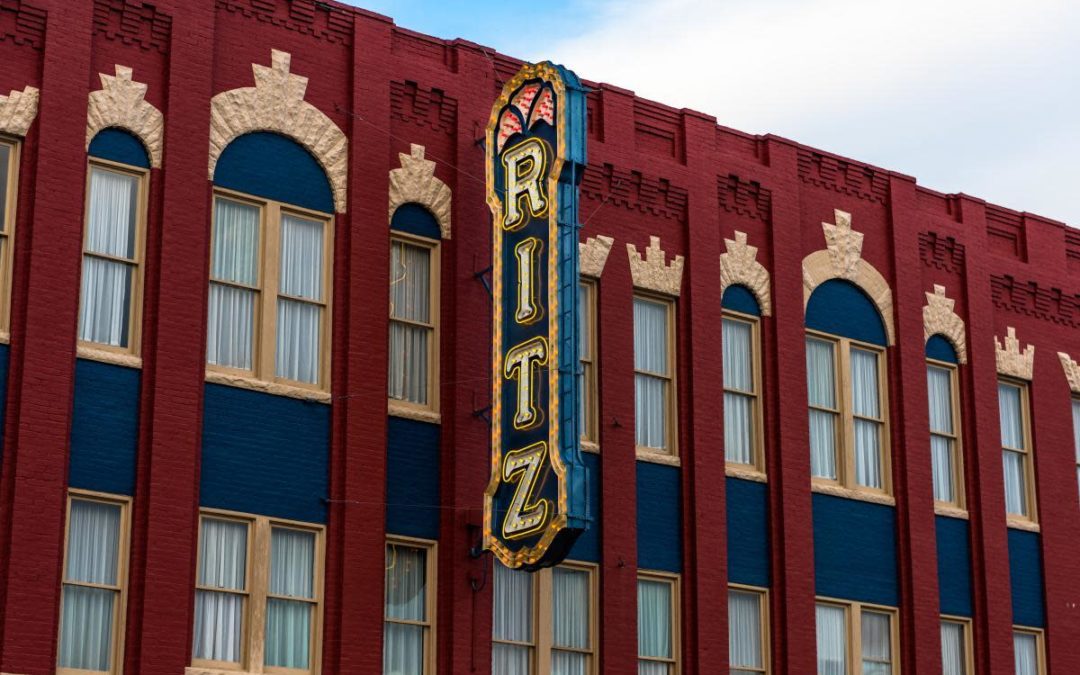The federal Rehabilitation Tax Credit, or rehab credit, offers significant financial incentives for owners and leaseholders of historic buildings to renovate those structures.
What is the big deal? Why are tax credits so exciting?
Tax credits, unlike deductions, reduce your tax bill dollar-for-dollar. If you spend $100,000 and get a 20 percent tax credit, you reduce your tax bill by $20,000. That’s Uncle Sam putting $20,000 in your pocket. And there’s more.
You likely reduce your taxes with depreciation deductions on the other $80,000 and qualify for a rehab credit from your state (most states grant rehab tax credits).
The rehab credits give you a leg up on your property because you can have the feds and states giving you money without asking for any equity in your building.
Rehab Tax Credit Requirements
Here are the four requirements for you to qualify for the historic rehab credit:
1. Certified Historical Structure
2. Income-Producing Property
- Your building must be depreciable and income-producing. Thus, qualifying properties include, among others:
- Commercial buildings
- Industrial buildings
- Agricultural buildings
- Apartments
- Single-family rentals
- You cannot claim the rehab credit for expenditures on the tax-exempt-use property. Your project generally will be disqualified if a tax-exempt entity leases more than 50 percent of your building.
3. Substantial Expenditure and Required Period
4. Costs That Count
Rehab Tax Credit Eligibility
In general, only costs directly related to the repair or improvement of structural and architectural features of the historic building are eligible for the rehab credit. Therefore, you can generally claim expenditures for the following items:
- Walls, floors, ceilings, windows, doors, stairs, etc.
- Elevators, escalators, sprinkler systems, fire escapes
- Plumbing, plumbing fixtures, electrical wiring, electrical fixtures
- In addition, you can generally claim any other fees paid that would generally charge to a capital account, such as:
- Construction period interest and taxes
- Architect and engineering fees
- Construction management costs
- Reasonable developer fees
Don’t Forget About the States
Keep in mind; we are talking about a 20 percent tax credit at the federal level. Now, we have more good news!
In addition to the federal tax credits, 39 states offer rehab tax credits ranging up to 50 percent. It means that if your building is in a state that offers a 50 percent rehab credit, the total reduction in the cost of your project could be as much as 70 percent!
Learn the steps to take now to avoid upcoming tax hikes and proactively take advantage of the tax-saving strategies.
If you want to walk through your options and new changes, click here!

